Home>Garden Essentials>What Is Solid Infill Below Area
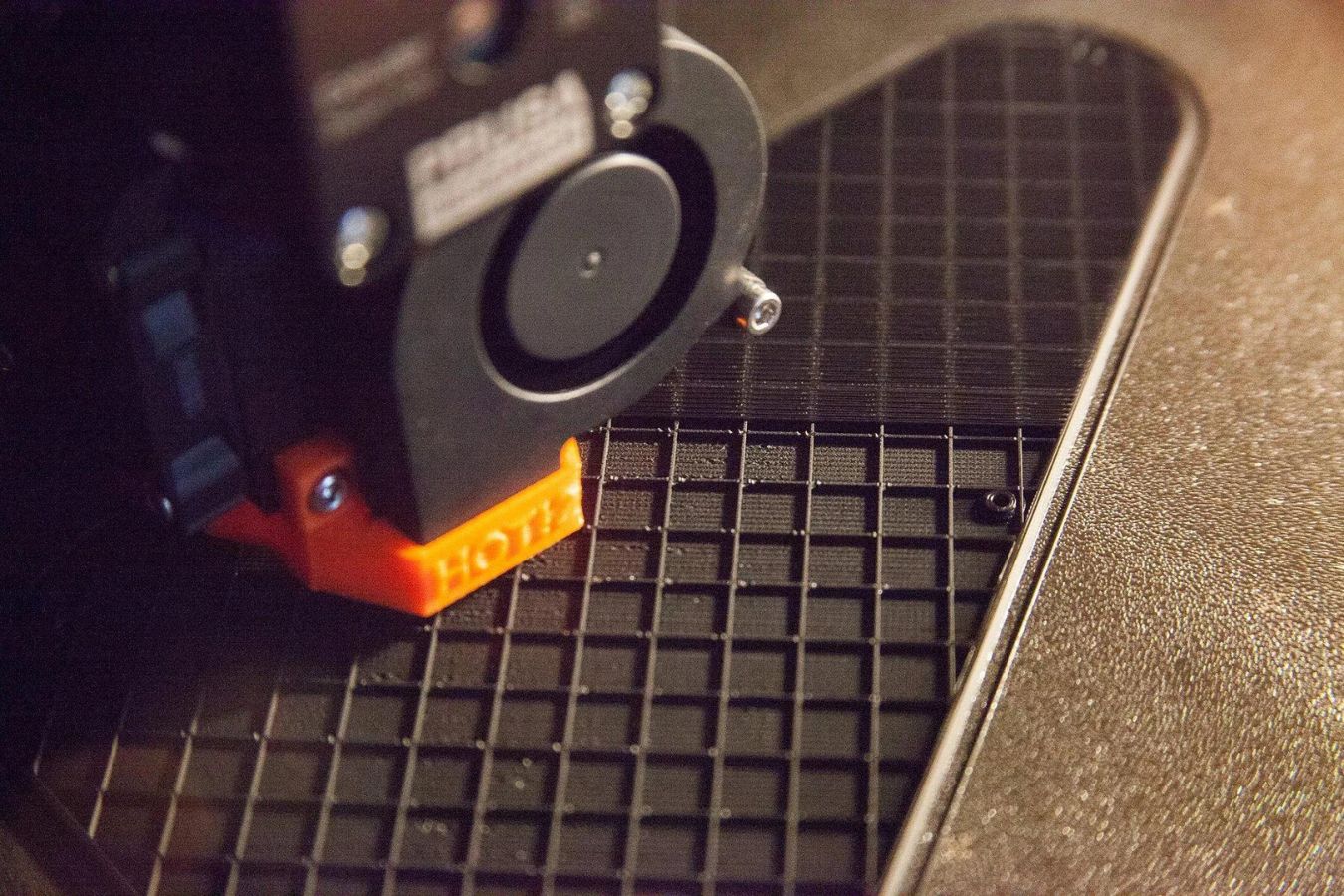

Garden Essentials
What Is Solid Infill Below Area
Modified: March 7, 2024
Discover the benefits of solid infill below garden areas and how it can enhance the overall appearance and functionality of your outdoor space.
(Many of the links in this article redirect to a specific reviewed product. Your purchase of these products through affiliate links helps to generate commission for Storables.com, at no extra cost. Learn more)
Introduction
When it comes to creating a functional and visually appealing garden or outdoor space, one important consideration is the choice of solid infill below the area. Solid infill refers to the material that is used to fill the empty spaces beneath paved or decked areas, providing support and stability.
In this article, we will explore the definition of solid infill below area and its various types. We will also discuss the benefits of using solid infill, important considerations to keep in mind, common applications, and any challenges or limitations associated with this technique.
Whether you want to create a stunning patio, a functional walkway, or an outdoor seating area, understanding solid infill below area will help you make informed decisions about your garden design and ensure long-lasting durability.
Key Takeaways:
- Solid infill below area provides stability and durability for outdoor surfaces like patios and walkways, ensuring safety and longevity for your garden or outdoor space.
- Choosing the right infill material and considering factors like drainage and maintenance can optimize the benefits of solid infill, enhancing the usability and aesthetics of your outdoor area.
Read more: What Is An Infill Speed
Definition of Solid Infill Below Area
Solid infill below area refers to the technique of filling the empty space beneath paved or decked areas with a solid material. This material provides structural support and stability to the surface above, preventing sagging, sinking, or shifting.
The choice of solid infill material can vary depending on the specific requirements of the project. Typically, it is a dense and compact substance that can distribute the load evenly, ensuring the integrity of the paved or decked area.
By filling the void beneath the surface, solid infill creates a cohesive and level platform for walking, sitting, or placing heavy objects. It eliminates the risk of accidents caused by an uneven or unstable surface, providing a safe and enjoyable outdoor space.
The process of installing solid infill is usually done during the initial construction or renovation of a garden or outdoor area. It involves preparing the ground, compacting it, and then filling the space with the chosen solid infill material.
Overall, solid infill below area is an essential component of any well-designed outdoor space, ensuring the longevity and stability of paved or decked surfaces.
Types of Solid Infill Materials
There are several types of solid infill materials that can be used to fill the space below paved or decked areas. The choice of material depends on factors such as the intended use of the surface, budget constraints, and personal preferences. Here are some common types of solid infill materials:
- Concrete: Concrete is a popular choice for solid infill due to its strength, durability, and versatility. It can be poured or laid in the form of precast concrete slabs. Concrete provides excellent support and stability to the surface above and can withstand heavy loads. It is available in different finishes and colors, giving you a range of design options.
- Crushed stone: Crushed stone, also known as aggregate, is another commonly used material for solid infill. It is made by crushing large rocks into smaller pieces and can be used as a cost-effective option for filling large areas. Crushed stone provides good drainage and is suitable for areas where water runoff is a concern.
- Gravel: Gravel is a loose, granular material that is often used for solid infill in less formal or temporary outdoor spaces. It is easy to install and maintain and allows for good drainage. However, gravel may not be suitable for areas where a completely solid and stable surface is required.
- Paving stones: Paving stones, also known as pavers, are solid units made from various materials such as concrete, natural stone, or clay. They are designed to interlock and create a solid surface for walking or driving. Paving stones offer a wide range of design options, including different shapes, colors, and patterns.
- Recycled materials: In an effort to be more environmentally friendly, recycled materials can also be used as solid infill. These include recycled concrete, rubber mulch, or even reclaimed bricks or wood. Using recycled materials not only reduces waste but also allows for creative and unique design possibilities.
It is essential to choose a solid infill material that suits your specific needs, taking into consideration factors such as load-bearing capacity, drainage requirements, and aesthetic preferences. Consulting with a professional landscaper or contractor can help you make an informed decision.
Benefits of Solid Infill Below Area
Solid infill below area offers numerous benefits when it comes to creating a durable and functional outdoor space. Here are some key advantages of using solid infill:
- Enhanced stability: By filling the empty space below paved or decked areas with a solid material, solid infill provides stability to the surface above. It prevents shifting, sagging, or unevenness, ensuring a safe and level platform for walking, sitting, or placing heavy objects.
- Improved longevity: Solid infill helps to protect the paved or decked surface from damage caused by moisture, ground movement, or excessive load. It creates a solid foundation, increasing the longevity of the area and reducing the need for costly repairs or replacements.
- Reduced maintenance: With solid infill, there is less risk of weeds, pests, or debris accumulating beneath the surface. This reduces the need for regular maintenance and minimizes the time and effort required to keep the area clean and tidy.
- Increased load-bearing capacity: Solid infill materials, such as concrete or compacted crushed stone, have excellent load-bearing capacity. This makes them suitable for areas where heavy objects, furniture, or vehicles may be placed or moved around.
- Improved aesthetics: Solid infill allows for a seamless and visually appealing surface, without any unsightly gaps or unevenness. It can be customized with different finishes, colors, or patterns to complement the overall design of your outdoor space.
- Enhanced drainage: Depending on the choice of material, solid infill can provide adequate drainage for rainwater, preventing pooling or water damage. This is especially important for areas where water runoff needs to be managed effectively.
- Increased usability: By creating a stable and even surface, solid infill expands the usable space in your garden or outdoor area. It allows for the installation of seating, tables, or other furniture, making it more inviting and functional for outdoor activities or gatherings.
Overall, solid infill below area offers multiple benefits that contribute to the longevity, safety, and aesthetics of your outdoor space. It is worth considering this technique when designing or renovating your garden or patio.
When using solid infill below an area, make sure to adjust the infill density to provide enough support for the top layers. A higher infill density will provide more strength and stability to the printed part.
Considerations for Using Solid Infill Below Area
While solid infill below area is a beneficial technique for creating a stable and durable outdoor surface, there are several considerations to keep in mind before implementing it. Here are some important factors to consider:
- Site preparation: Before installing solid infill, proper site preparation is essential. This includes removing any vegetation, leveling the ground, and ensuring adequate drainage. Failure to properly prepare the site may lead to issues such as poor drainage or unevenness in the final surface.
- Load-bearing capacity: It is crucial to assess the load-bearing capacity of the chosen solid infill material. Consider factors such as the intended use of the surface and the weight it will need to support. Ensure that the selected material can handle the anticipated load without compromising the stability or integrity of the surface.
- Drainage considerations: Depending on the location and purpose of the solid infill area, proper drainage is necessary to prevent the accumulation of water. Ensure that the chosen infill material allows for adequate water runoff and consider incorporating drainage solutions such as French drains or permeable pavers if necessary.
- Maintenance requirements: Different solid infill materials have varying maintenance needs. Consider the level of maintenance you are willing to commit to and select a material that aligns with your preferences. Some materials may require regular cleaning, sealing, or occasional repairs to ensure their longevity.
- Budget constraints: The choice of solid infill material may be influenced by budget considerations. Materials like concrete or paving stones can be more costly compared to gravel or crushed stone. Consider your budget and explore different options to find a balance between cost and desired aesthetics and durability.
- Aesthetics and design: Solid infill below area can contribute to the overall aesthetics of your outdoor space. Consider the style, color, and finish of the infill material to ensure it complements the design of your garden or patio. Experiment with different options to achieve the desired visual impact.
- Professional expertise: If you are unsure about the selection and installation of solid infill, it is advisable to consult with a professional landscaper or contractor. They can provide valuable insights, recommend suitable materials, and ensure proper installation techniques for long-lasting results.
By carefully considering these factors, you can make informed decisions when using solid infill below area, ensuring a successful and sustainable outdoor surface that meets your needs and preferences.
Read more: What Is A Solid Surface Bathtub?
Common Applications of Solid Infill Below Area
Solid infill below area has a wide range of applications in outdoor landscaping and design. It is a versatile technique that can be used in various areas to enhance functionality and aesthetics. Here are some common applications of solid infill below area:
- Patios: Solid infill is commonly used in patio construction to create a stable and level surface for outdoor seating, dining, and entertaining. It provides a solid foundation for furniture, grills, and other patio amenities, ensuring a safe and enjoyable outdoor living space.
- Walkways: Solid infill is an ideal choice for constructing walkways, whether it’s a garden path or a pathway leading to your front door. It offers stability, preventing the walkway from shifting or sinking over time and providing a safe and even surface for walking.
- Driveways: Solid infill can be used in driveways to provide a durable and load-bearing surface for vehicles. Materials like concrete or interlocking pavers are commonly used to create stable and aesthetically pleasing driveways that can withstand the weight of cars and other vehicles.
- Pool decks: Solid infill is often used in pool deck construction to create a stable and slip-resistant surface around the pool area. This ensures safety and provides a comfortable space for lounging and entertaining by the pool.
- Outdoor seating areas: Solid infill is commonly used to create solid foundations for outdoor seating areas, such as outdoor kitchens, fire pits, or seating walls. It provides stability and support for these structures, ensuring that they remain intact and safe for use.
- Garden paths: Solid infill can be used to construct garden paths, allowing for easy access and navigation through the garden. It helps prevent soil erosion, keeps the path clean and free from debris, and creates a visually appealing pathway that enhances the overall garden design.
- Courtyards and plazas: Solid infill is often used in courtyard and plaza designs to create functional and visually cohesive surfaces. It provides a solid foundation for events, gatherings, and social activities, ensuring a safe and stable surface for foot traffic.
These are just a few examples of the common applications of solid infill below area. The versatility of this technique allows it to be used in various outdoor spaces, improving durability, functionality, and aesthetics.
Challenges and Limitations of Solid Infill Below Area
While solid infill below area offers numerous benefits in outdoor landscaping, there are also some challenges and limitations to consider when using this technique. Understanding these factors can help you make informed decisions and address any potential issues. Here are some common challenges and limitations:
- Cost: Depending on the choice of material and the size of the project, solid infill can be costly, especially if you opt for high-end materials like concrete or paving stones. Consider your budget and explore different options to find a balance between cost and desired durability and aesthetics.
- Installation complexity: Installing solid infill properly requires expertise and attention to detail. It involves site preparation, ensuring proper drainage, and compacting the infill material. Improper installation can lead to issues such as drainage problems or an uneven surface, compromising the stability and longevity.
- Drainage challenges: Depending on the choice of infill material, ensuring proper drainage can be a challenge. Poor drainage can lead to water pooling or runoff issues, which may cause damage to the surface or underlying structures. It is important to consider the drainage requirements of the project and incorporate appropriate solutions.
- Maintenance needs: Solid infill materials may have different maintenance requirements. Some materials may require regular cleaning, sealing, or occasional repairs. Consider the level of maintenance you are willing to commit to and choose a material that aligns with your preferences and lifestyle.
- Flexibility and movement: Solid infill materials, especially rigid ones like concrete, may be prone to cracking or shifting due to ground movement or temperature changes. This can lead to an uneven or unstable surface. Proper installation techniques and incorporating expansion joints can help mitigate these issues.
- Limitations in design: Solid infill materials, such as concrete or paving stones, offer limited design flexibility compared to other options like decking or gravel. If you have specific design requirements or prefer more flexibility in terms of shapes, colors, or patterns, solid infill may have limitations.
- Difficulties in retrofitting: Adding solid infill below an existing surface can be challenging and may require removal or modification of the existing structure. This can be time-consuming and costly, especially if the surface is already in use or has complex features.
Understanding these challenges and limitations can help you make informed decisions and develop strategies to overcome any potential issues. Consult with a professional landscaper or contractor to ensure proper installation and to address any specific concerns related to your project.
Conclusion
Solid infill below area is an important technique in outdoor landscaping that offers numerous benefits for creating a stable, durable, and visually appealing surface. Whether you are designing a patio, walkway, driveway, or any other outdoor space, solid infill provides the necessary support and stability to ensure longevity and functionality.
By choosing the right infill material and considering factors such as load-bearing capacity, drainage, maintenance, and budget, you can optimize the benefits of solid infill in your outdoor projects. Concrete, crushed stone, gravel, paving stones, and recycled materials are just a few options to consider, each with its own unique characteristics and suitability for different applications.
While there are challenges and limitations associated with solid infill, such as cost, installation complexity, and maintenance needs, these can be addressed with proper planning, professional expertise, and regular maintenance. It’s important to consider site preparation, drainage requirements, and design constraints to ensure a successful and long-lasting installation.
In conclusion, solid infill below area is a technique that enhances the stability, functionality, and aesthetics of outdoor surfaces. It provides a solid foundation for patio areas, walkways, driveways, and various other outdoor spaces, contributing to the overall enjoyment and usability of your garden or landscape. So, whether you’re embarking on a new landscaping project or renovating an existing outdoor area, consider incorporating solid infill for a durable and visually appealing surface that will stand the test of time.
Frequently Asked Questions about What Is Solid Infill Below Area
Was this page helpful?
At Storables.com, we guarantee accurate and reliable information. Our content, validated by Expert Board Contributors, is crafted following stringent Editorial Policies. We're committed to providing you with well-researched, expert-backed insights for all your informational needs.
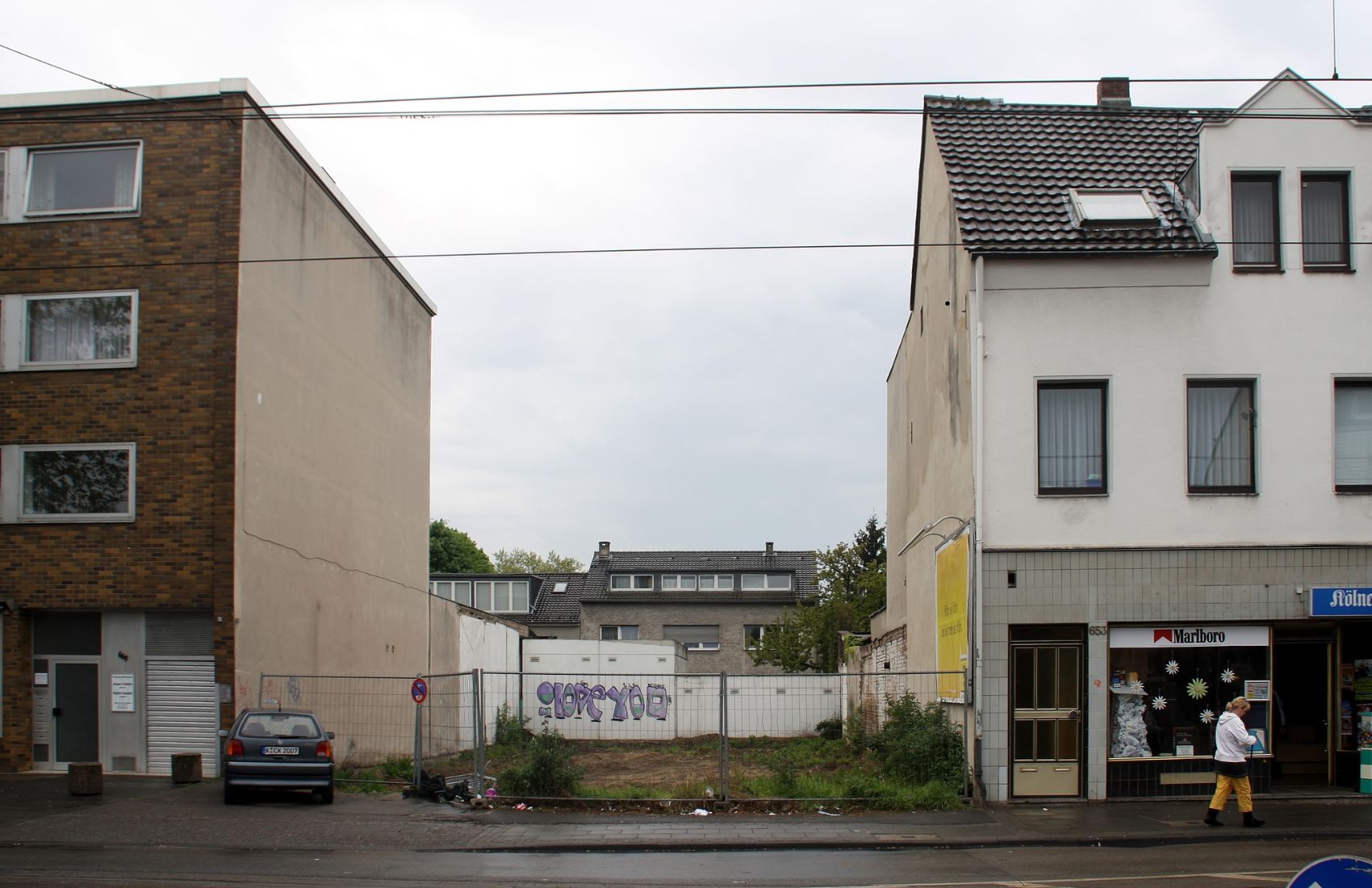
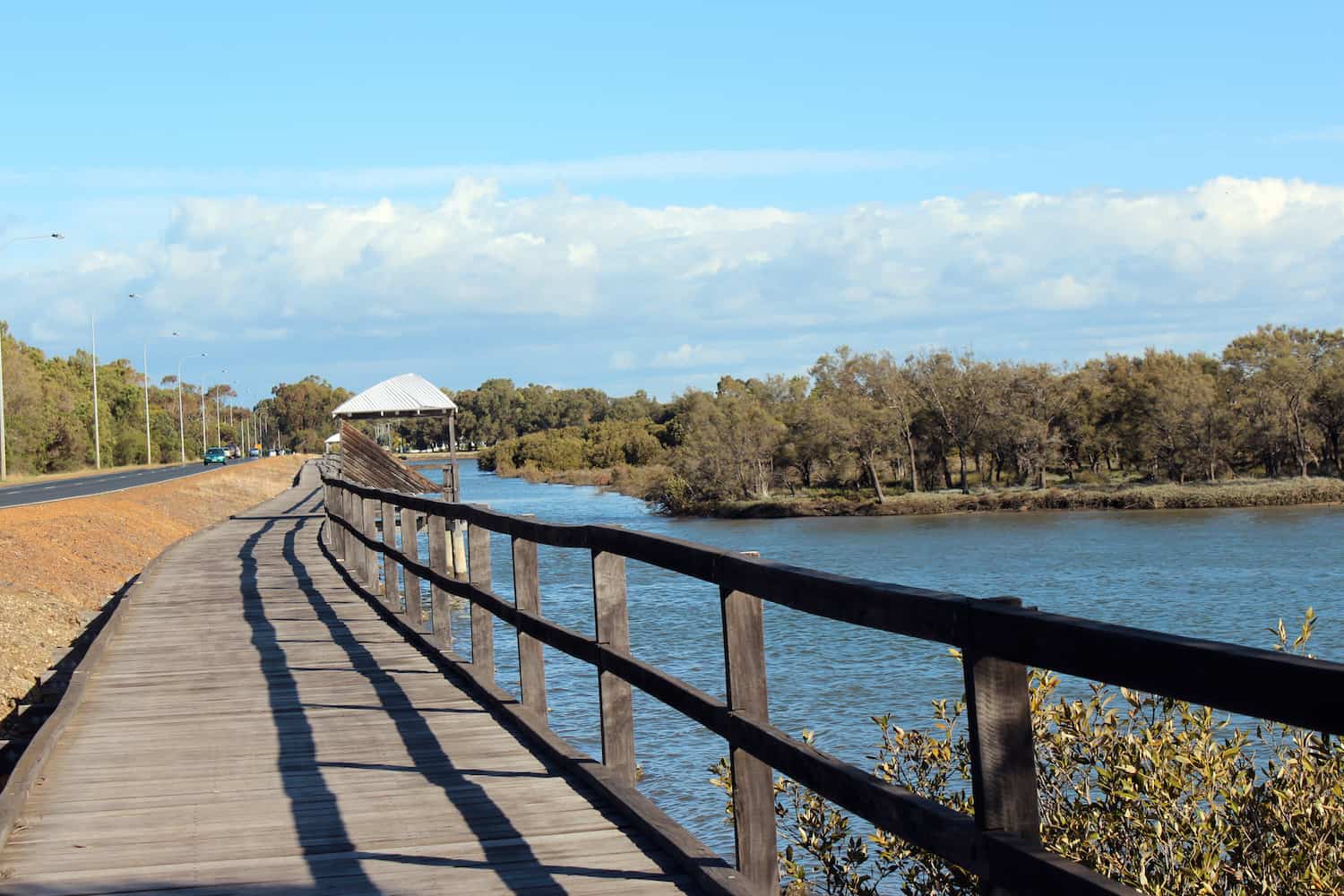
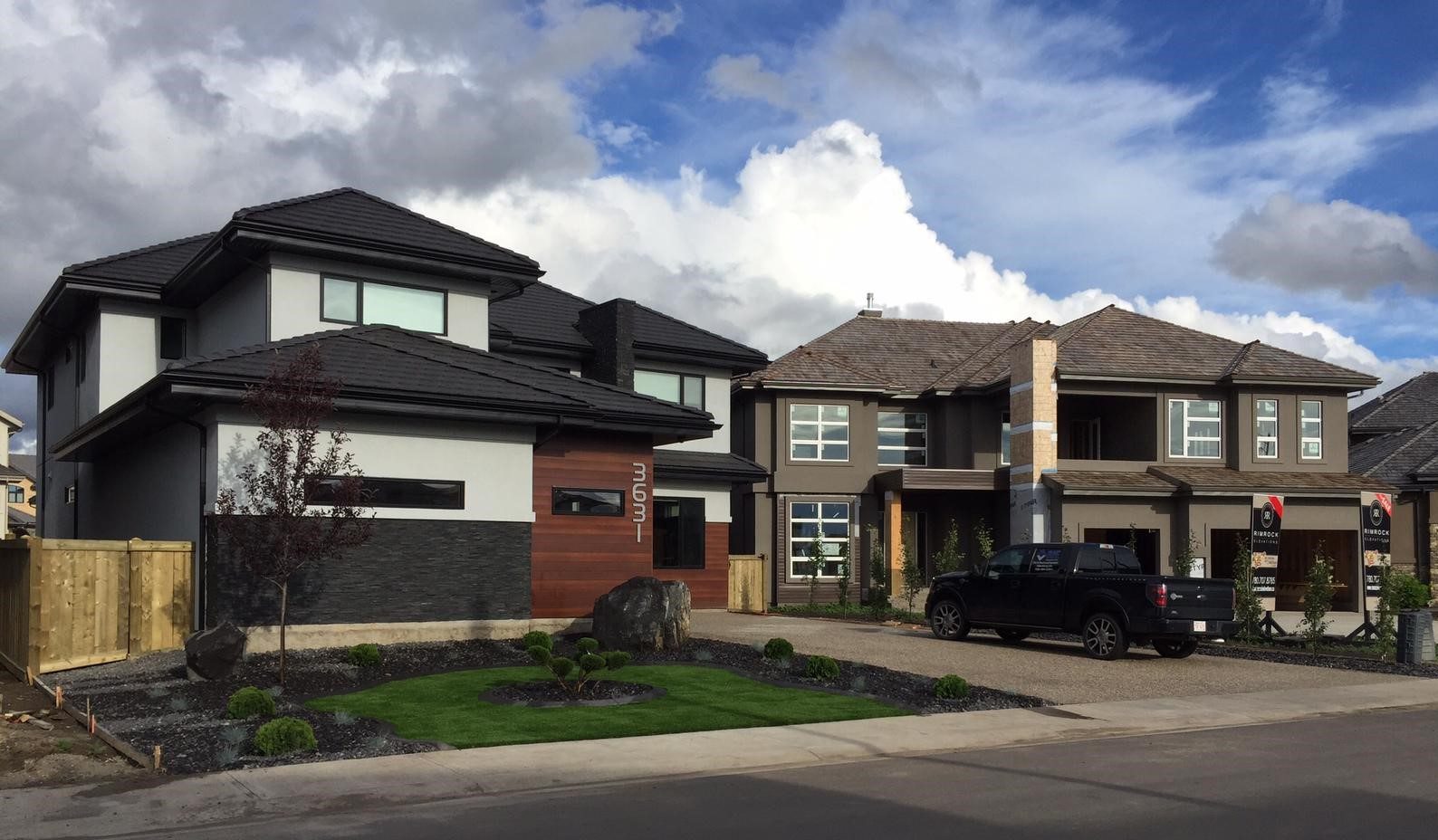
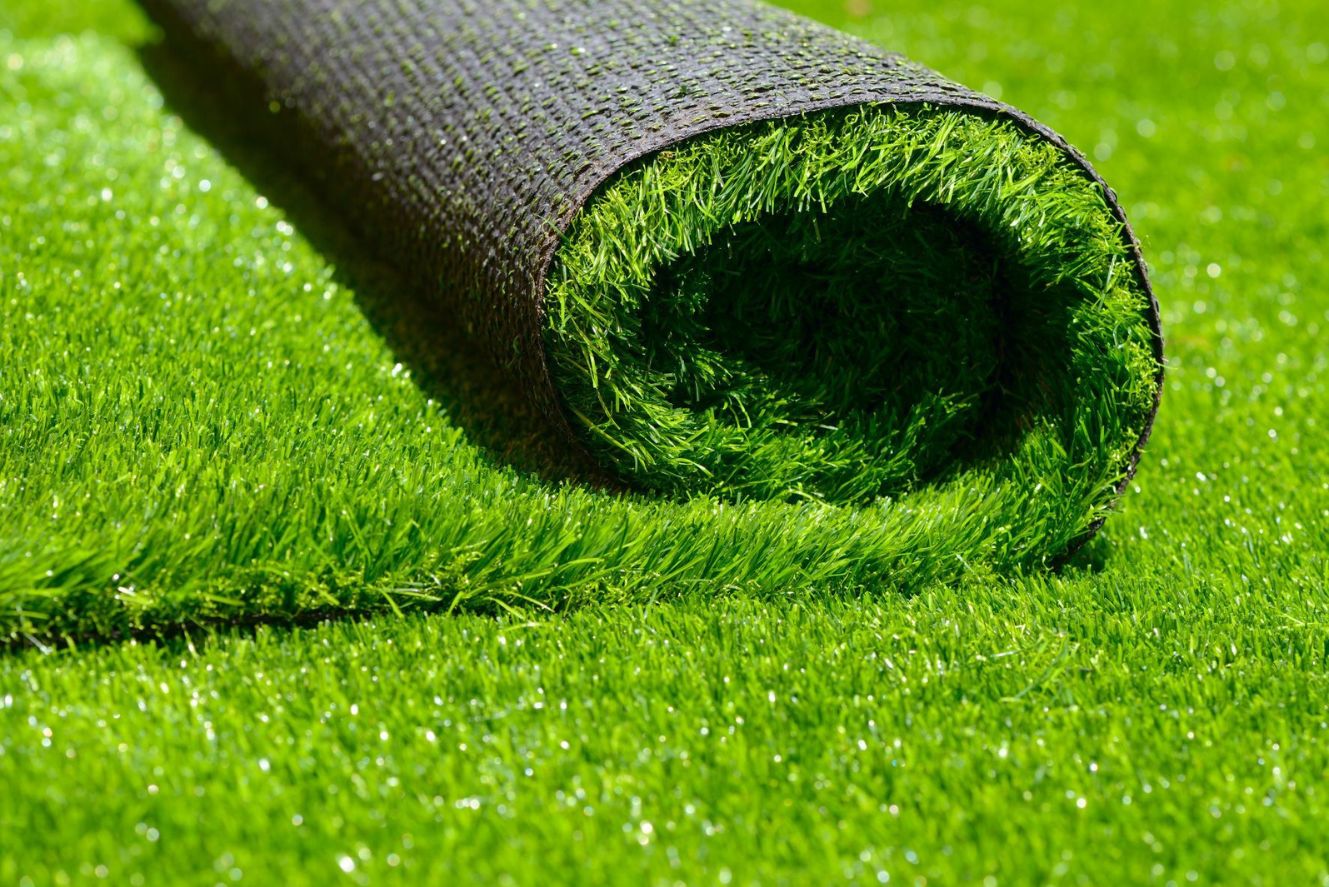
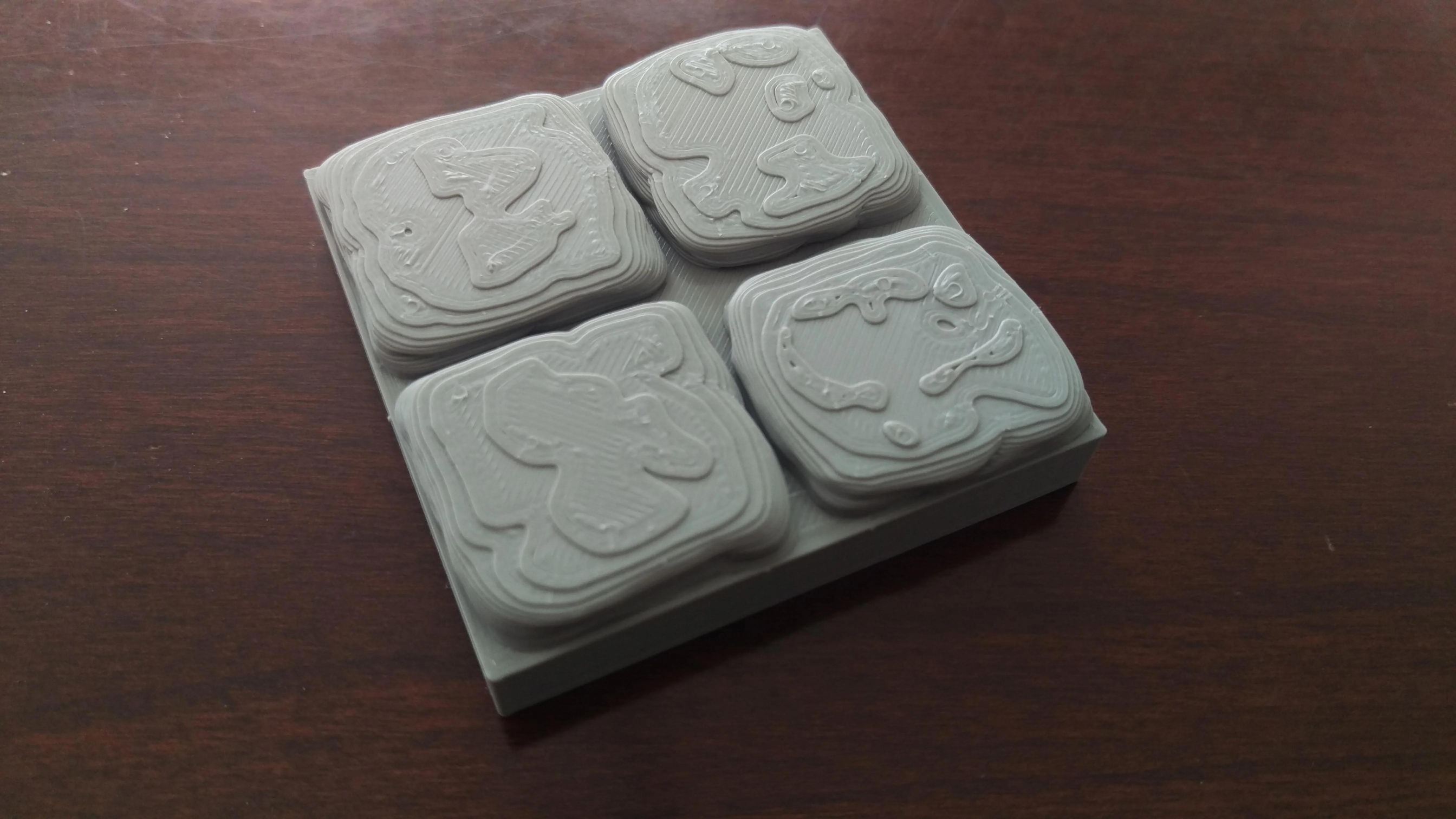
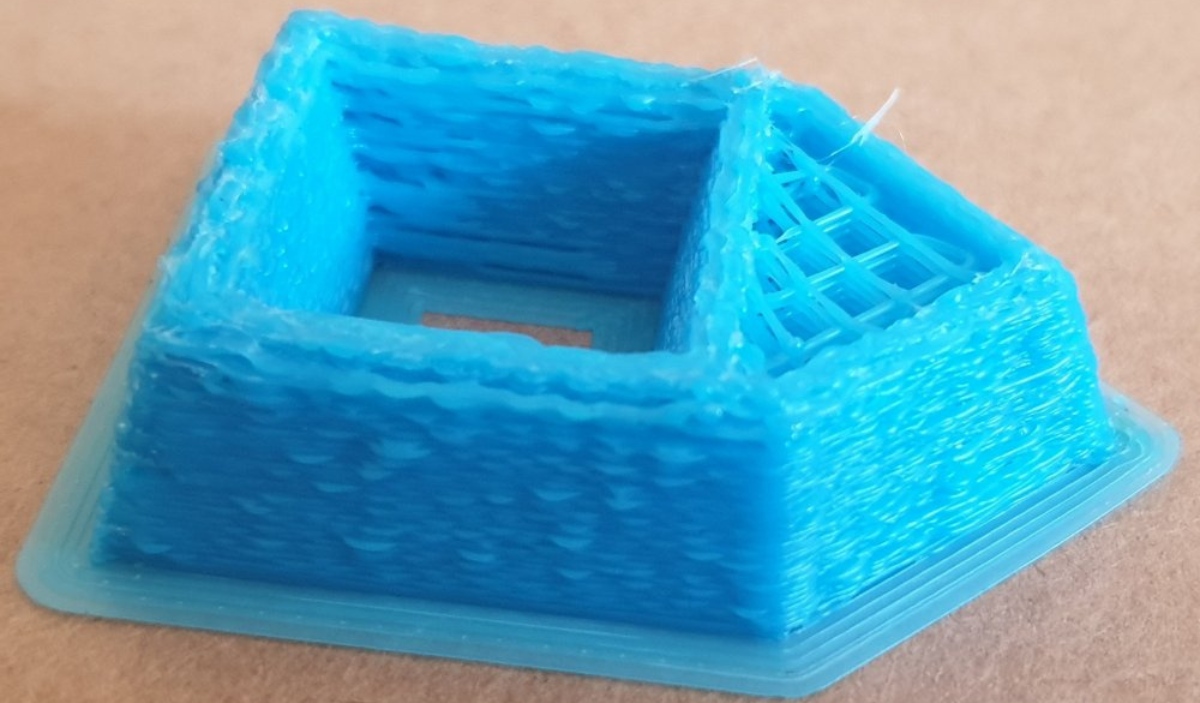
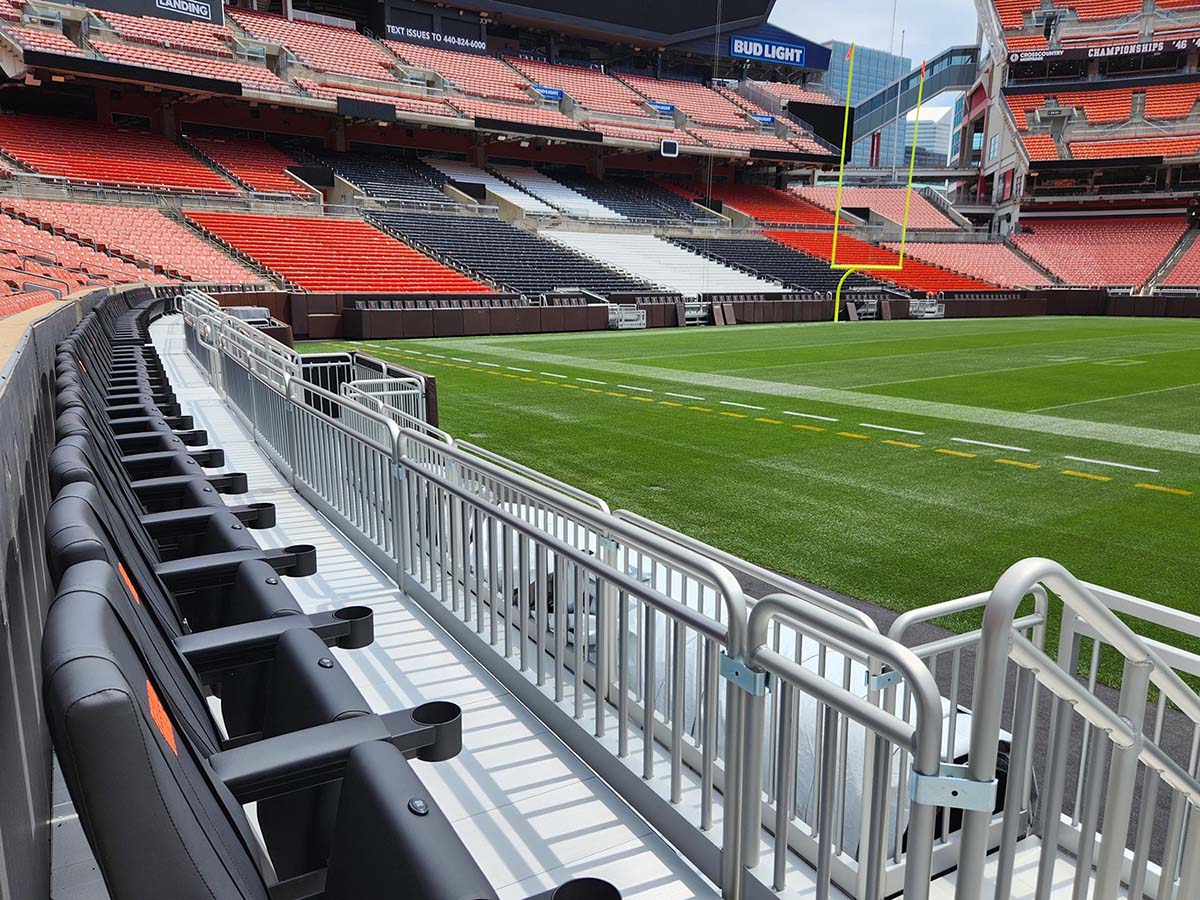
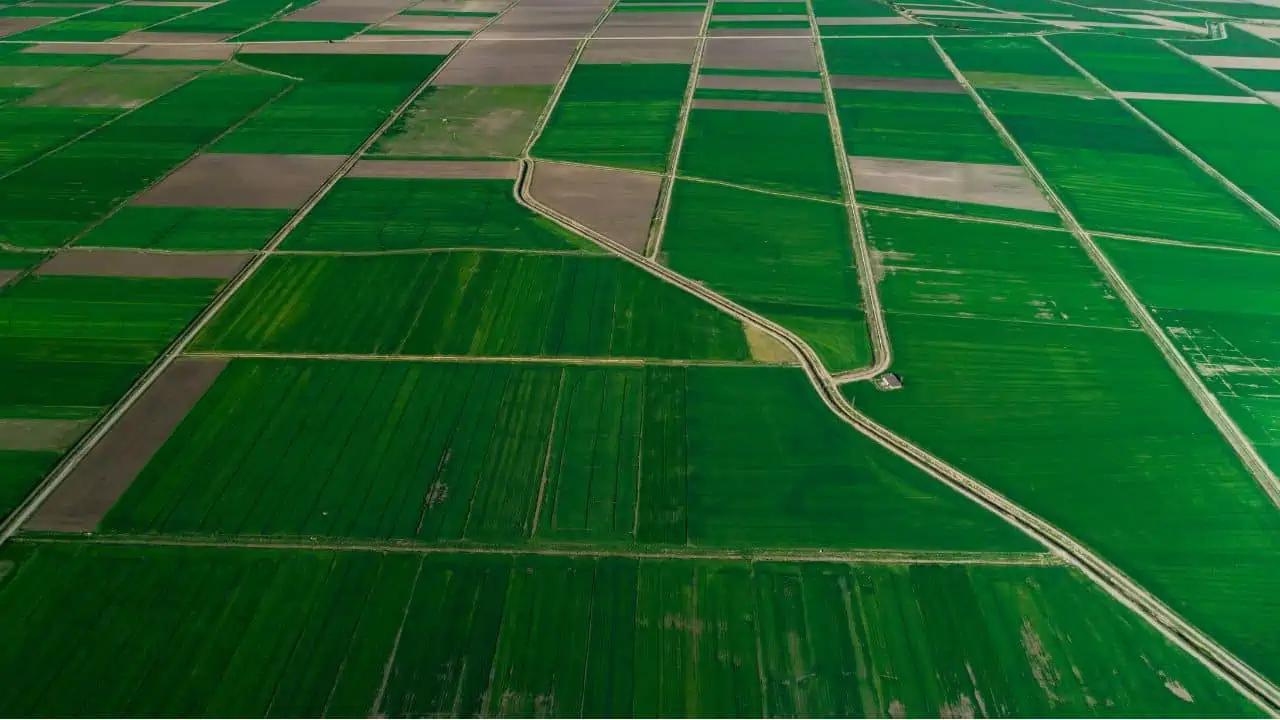
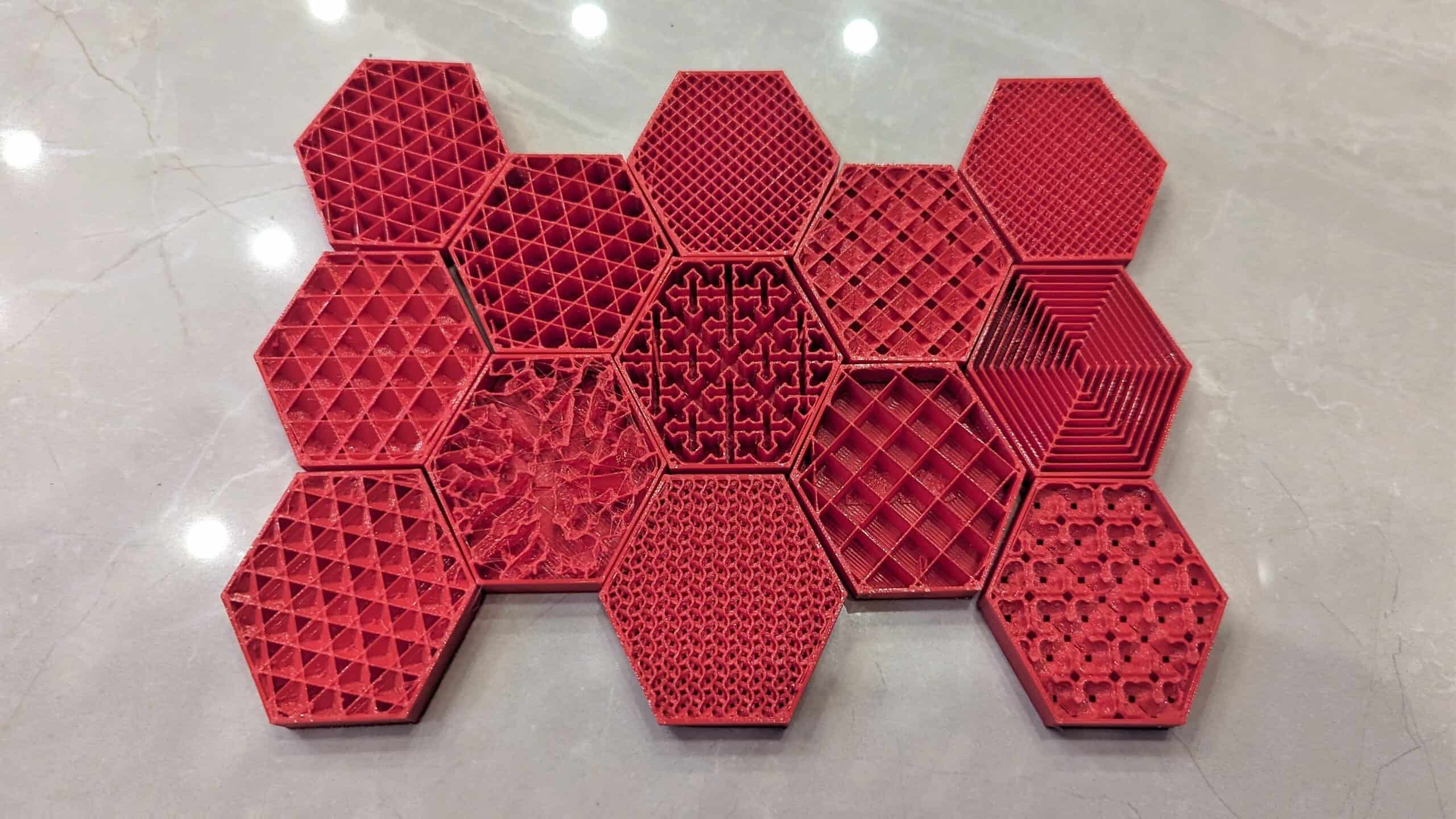
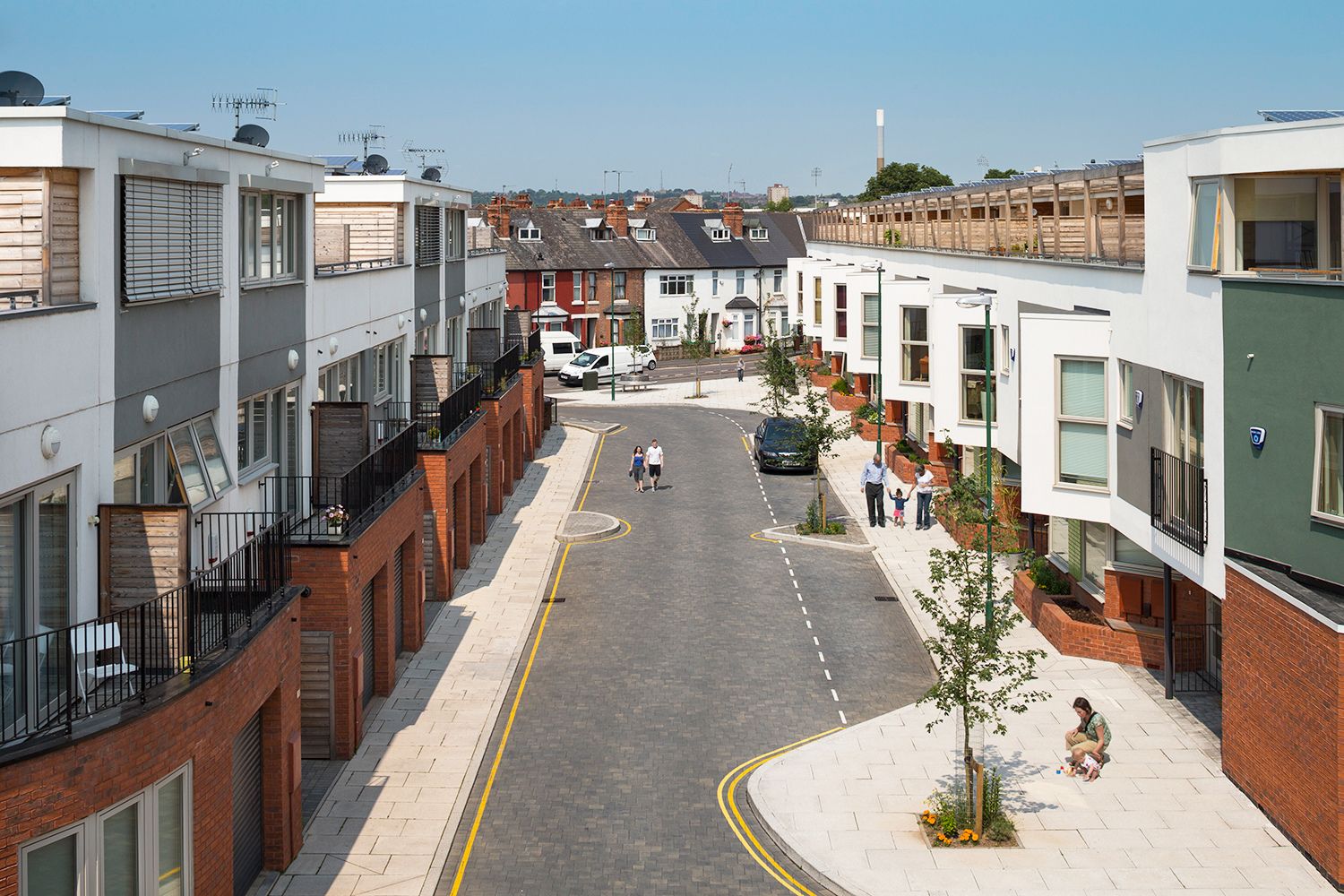
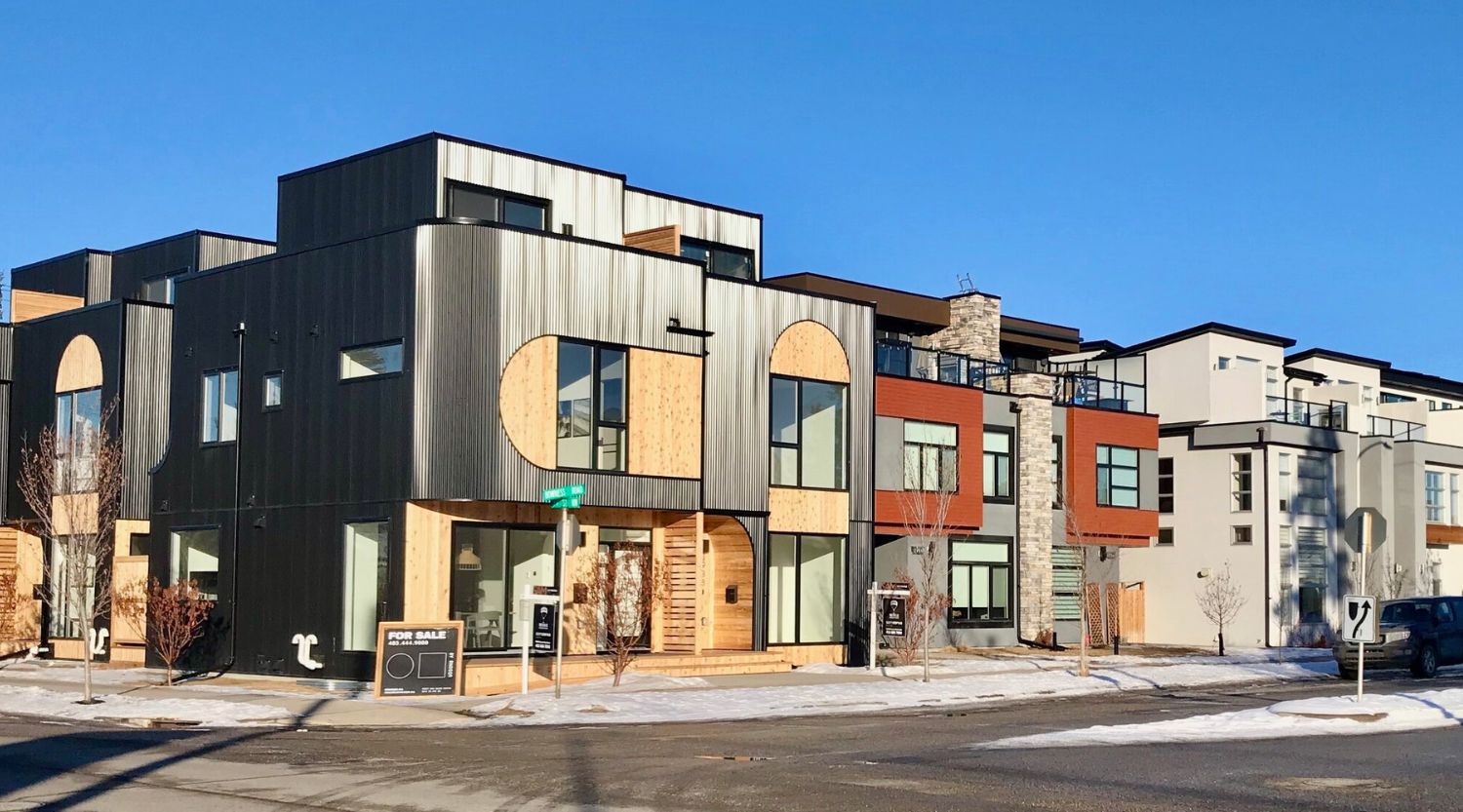
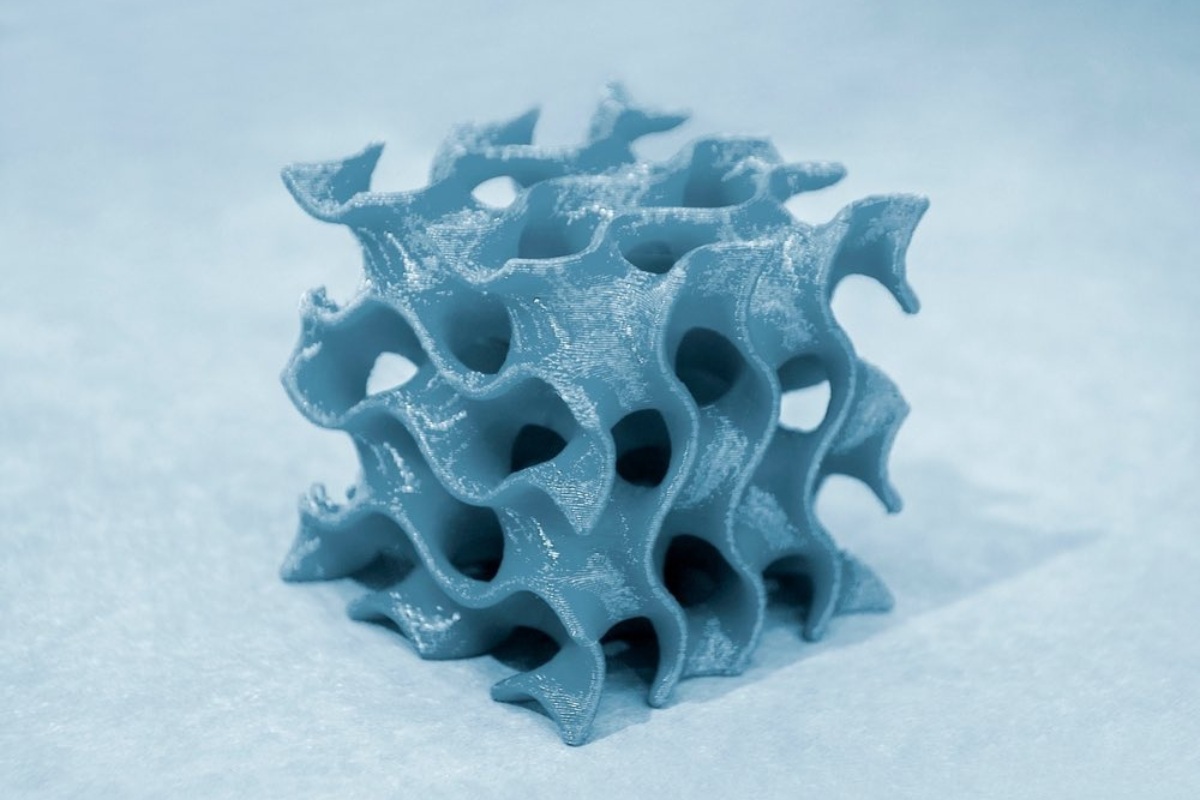
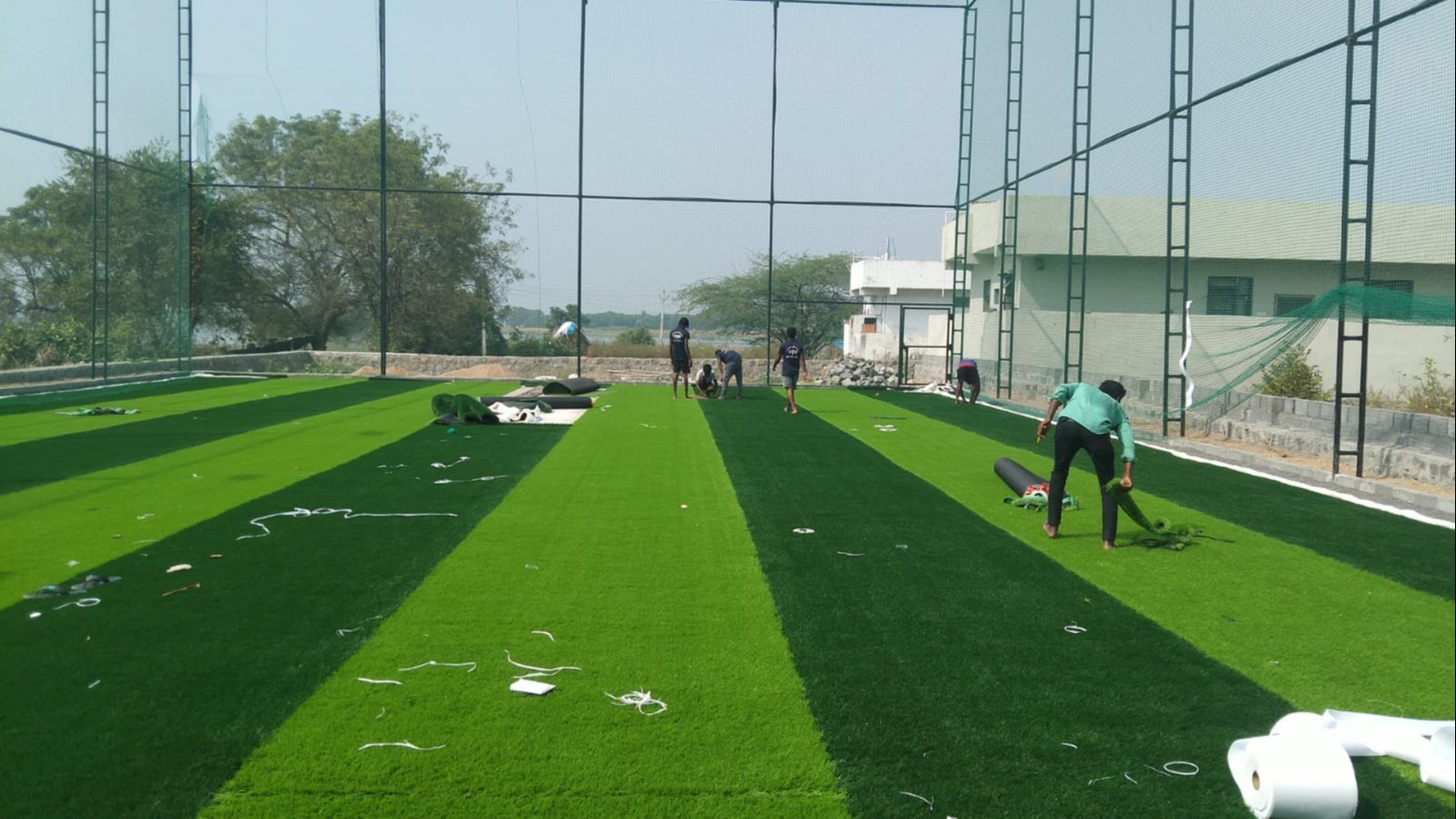
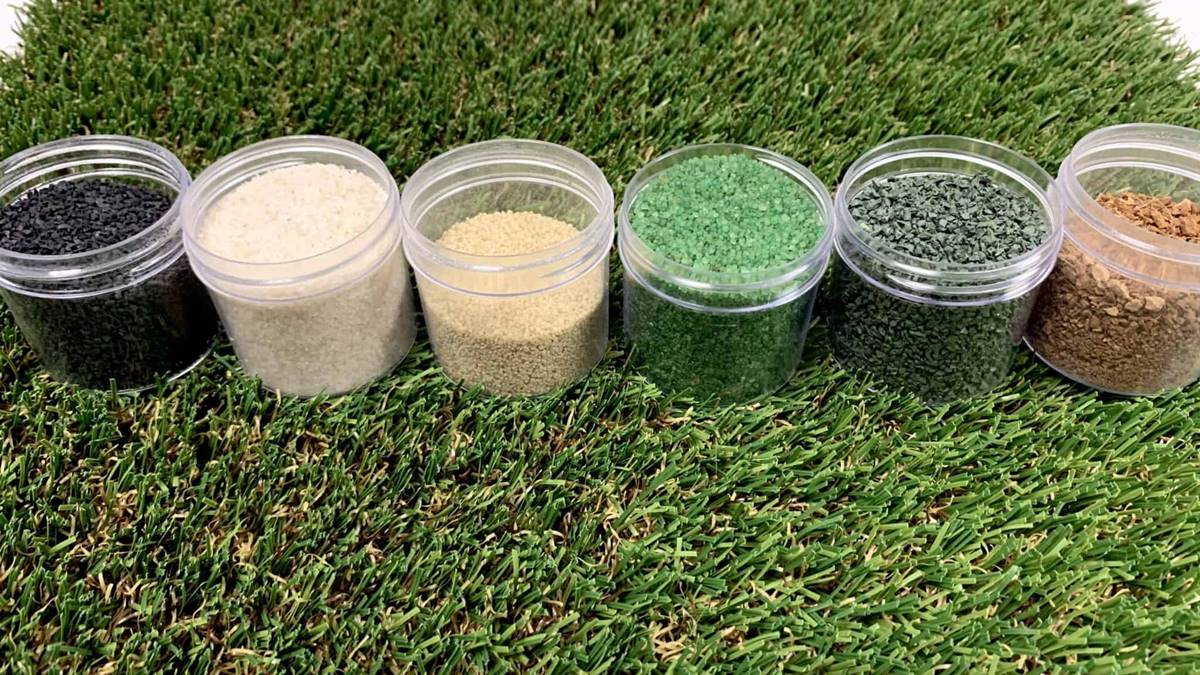

0 thoughts on “What Is Solid Infill Below Area”